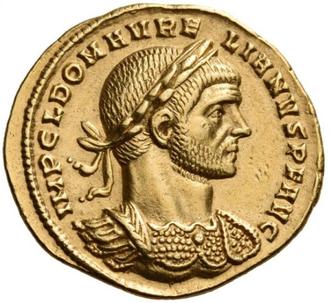
The Co-Founder who got lost in the subtitles, but whose progeny almost ruined the company.
Story in the evening ...
Story in the evening ...
https://twitter.com/Arby_K/status/1433618292225150978
Marcus Vispanius Agrippa was born around 63 BC to Lucius Vispanius. It is likely that his family became Roman citizens not long before his birth, since the family name "Vispanius" gets no mention in Roman history until then. Nothing much is known about Agrippa's early years. 1/10 

But it was during this time that he got acquainted with someone who would become the most powerful ruler Rome would see in 1st century BC - Gaius Octavius. After Caesar's assassination in 44, he and Quintus Salvidienus Rufus became the closest advisors of Octavius. 2/10 

To counter the power of Caesar's trusted general, Marcus Antonius, the Senate backed the teenage Gaius Octavius in his inheritance, especially in the leadership of his grand uncle's veterans. But Octavius sided with Antonius and Lepidus to capture Caesar's assassins. 3/10 

Octavius and Antonius defeated Caesar's assassins, Cassius and Brutus, at the Battle of Philippi in 42. It is likely Agrippa fought along with Octavius in the battle. Meanwhile, Sextus Pompeius had carved himself a domain in the island of Sicily. 4/10 

In 39, Agrippa was appointed the Governor of Transalpine Gaul and had to pacify a rebellion there. Pompeius soon developed a strong navy and gained control of the seas, blockading Italy. After Octavius failed to beat Pompeius, he turned to Agrippa. 5/10 

Having served as Consul of Rome in 37, Agrippa build a strong fleet for Octavius. He also created the harpax for boarding vessels. He then coordinated the attack on Pompeius by Octavius and Lepidus and played the decisive role in defeating Pompeius at Naulochos. 6/10 

The next year, Agrippa was send to battle the Iapodes in Illyria. On return to Rome, he played an important role in the repairing the Roman aqueducts and fixing the sewer system, while carrying out large scale civil engineering projects. 7/10 

With the relations between Octavius and Antonius deteriorating, Agrippa was back on the battlefield. Octavius entrusted Agrippa with his fleet and Agrippa led it to a decisive victory at Actium in 31 against Antonius. Antonius soon killed himself. 8/10 

Octavius quickly consolidated his control over Rome. Agrippa was the Consul of Rome in 28 and 27, when Octavius took the name Augustus and became the de facto ruler of the Roman Empire. Agrippa continued his construction projects building the Pantheon and much more. 9/10 

In 23, Agrippa became the heir to the Emperor and later married the Emperor's only child, Julia. In 19, he defeated the Cantabrians, completing the conquest of Hispania. But he would die in 12, though his grandson (Caligula) and great grandson (Nero) would become Emperors. 10/10 



• • •
Missing some Tweet in this thread? You can try to
force a refresh















